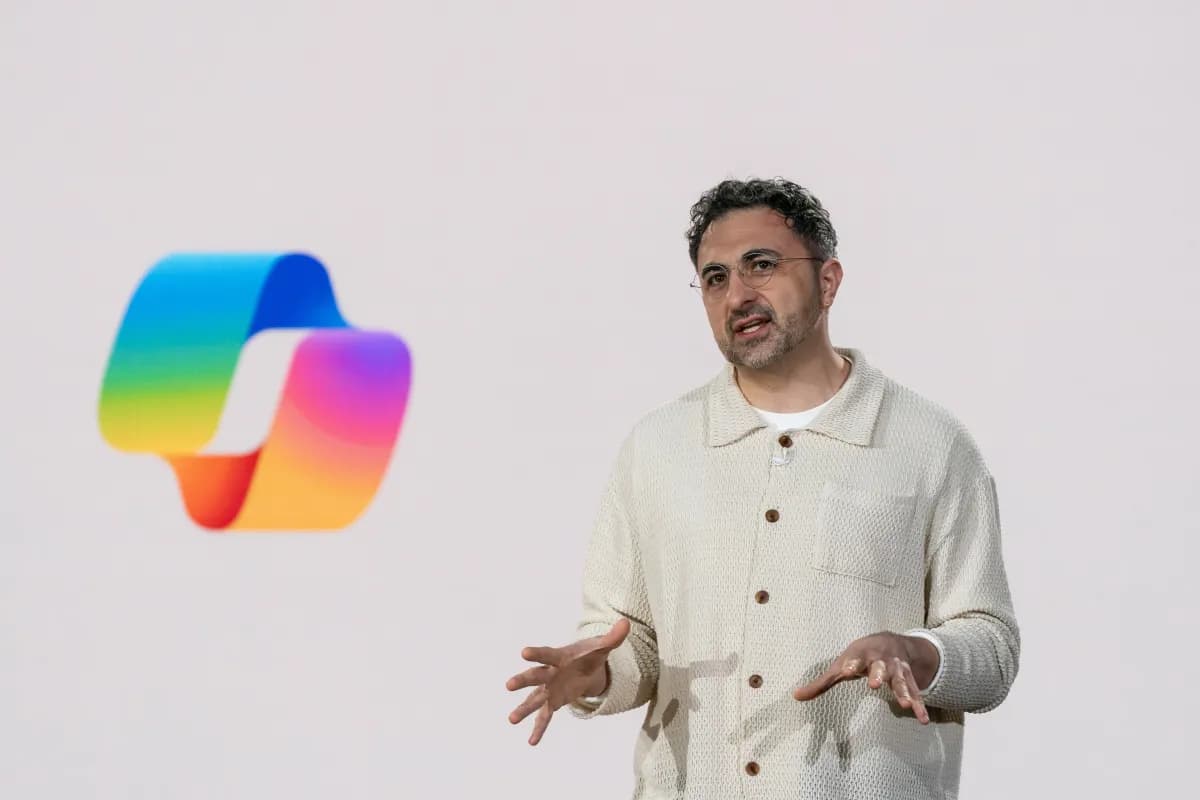The AI browser race just exploded in real time.
Just two days after OpenAI unveiled its Atlas browser, Microsoft quietly unleashed a revamped version of its Copilot Mode inside Edge—a move that many observers see as nearly a mirror of what Atlas is trying to achieve. The timing, features, and messaging make it clear: the future of web browsing is being redefined, and the two giants are neck and neck.
What Is OpenAI’s Atlas?
OpenAI describes ChatGPT Atlas as a browser built around ChatGPT at its core, rather than an add-on or overlay.
Some of its standout features:
- A sidebar “Ask ChatGPT” panel that can see and analyze what’s on your active tab
- Integration with your ChatGPT memory, so it can draw on past interactions
- Agent mode: with permission, it can move your cursor, click things, complete tasks (e.g. booking, reservations)
- Privacy controls letting you view, clear, or disable memory/history features
- Launching first on macOS, with plans for Windows, iOS, Android later
In short: Atlas is not just “ChatGPT + browser” it’s positioning itself as an assistant-centric surfing experience where browsing and AI assist blend into one.
However, early users and reviewers note the AI sidebar sometimes gives odd or verbose responses, or crams content into a squeezed layout, suggesting the experience still has rough edges.
Microsoft’s Copilot Mode Reinvented — or Rebooted?
While Microsoft’s Edge Copilot Mode already existed in a lighter form, the new update announced on October 23, 2025—transforms it into what Microsoft calls “your AI browser.”
Key enhancements in the relaunch include:
| Feature | What It Does |
|---|---|
| Actions | Lets Copilot perform multi-step tasks like unsubscribing, filling forms, or executing commands you type |
| Journeys | Groups past browsing sessions into thematic “journeys” so you can revisit ongoing research without reopening tab chaos |
| Multi-tab reasoning | Copilot can contextually reason across open tabs to form summaries or insights |
| Clear opt-in and visual cues | The AI mode is clearly labeled; you control what it sees and does |
| Voice navigation, reworked new tab UX | Better voice support and a new-tab design more aligned with the AI-first vision |
Microsoft says these changes are rolling out in limited preview in the U.S., and only with explicit user opt-in.
Because Copilot Mode has been in existence (though in weaker form) since July, the relaunch can be seen less as a brand-new product and more as Microsoft doubling down and aligning Edge with the emerging AI browser paradigm.
Side-by-Side: How Similar Are They?
Many commentators have pointed out how strikingly similar the user experiences are. TechCrunch terms Microsoft’s relaunch a “nearly identical” AI browser.
Here are some of the parallels:
- Both embed the AI assistant inside the browsing experience rather than as a separate tab or extension
- The assistant can read page contents, provide summaries, and, with permission, perform actions
- Both emphasize control: you must grant permission, and you can disable or clear stored context
- The layout conventions—sidebar panels, split views, new tab suggestions—bear resemblance
That said, differences are likely to lie beneath the surface in model quality, latency, privacy policies, integration with other services (Microsoft with its Office, Bing, Windows ecosystems; OpenAI with its ChatGPT platform and API ecosystem).
Why the Rapid Imitation?
Why would Microsoft move so fast—just two days after OpenAI’s reveal—to relaunch this? A few reasons suggest themselves:
- Signal of urgency — Microsoft clearly wants to project that it isn’t playing catch-up.
- Protecting its ecosystem — Embedding powerful AI in Edge could help Microsoft defend (or expand) its browser user base against Chrome and newcomers.
- AI as default UI — The underlying assumption of both launches is that the “browser” of the future is not a tool, but an agent. Whoever captures that shift might dominate the next generation of web experiences.
- Brand & market momentum — With AI browsers becoming headline stories overnight, Microsoft may see this as a critical moment not to be outflanked.
Risks, Tradeoffs & What to Watch
These bold experiments come with important cautions. Here are the key things to watch:
- Privacy & Surveillance: If the AI “reads” your tabs and browsing history, what data is stored, how it’s used, and how secure it is become flashpoints.
- Security vulnerabilities: Agent mode (taking cursor/keyboard actions) increases the stakes—if compromised, it could act maliciously.
- Accuracy & hallucinations: AI assistants can err, misinterpret, or confidently present falsehoods. In a browser, those errors might be more damaging.
- User pushback: Many users are comfortable with traditional browsing; turning it into an “always-on assistant” may feel intrusive.
- Differentiation challenges: If all AI browsers begin to converge on the same feature set, the battleground will be model fidelity, speed, ecosystem synergies, and subtle UI/UX.
In short: these are exciting but experimental times. Any misstep on trust, performance, or security could hamper adoption.
What This Means for Users & Developers
- Users now get a choice: will you let your browser be a servant or a partner? The difference may rest on how much control you’re comfortable giving.
- Developers / extension creators should watch API availability: how will these AI browsers open up for plugin or extension integration?
- Content creators / publishers should be alert: AI browsers, by summarizing content inline, might reduce clicks, which impacts traffic models and monetization.
For many, a hybrid approach may emerge: use classic browsers for certain tasks, and AI-augmented browsers where you want more assistance.
Final Thoughts
The juxtaposition of OpenAI Atlas and Microsoft’s Edge relaunch is more than coincidence—it’s a signpost. The browser is no longer just a vessel for content; it’s becoming the content assistant itself. The next few years will tell whether users embrace this shift or push back.
In the meantime, browsing just got a lot smarter.

